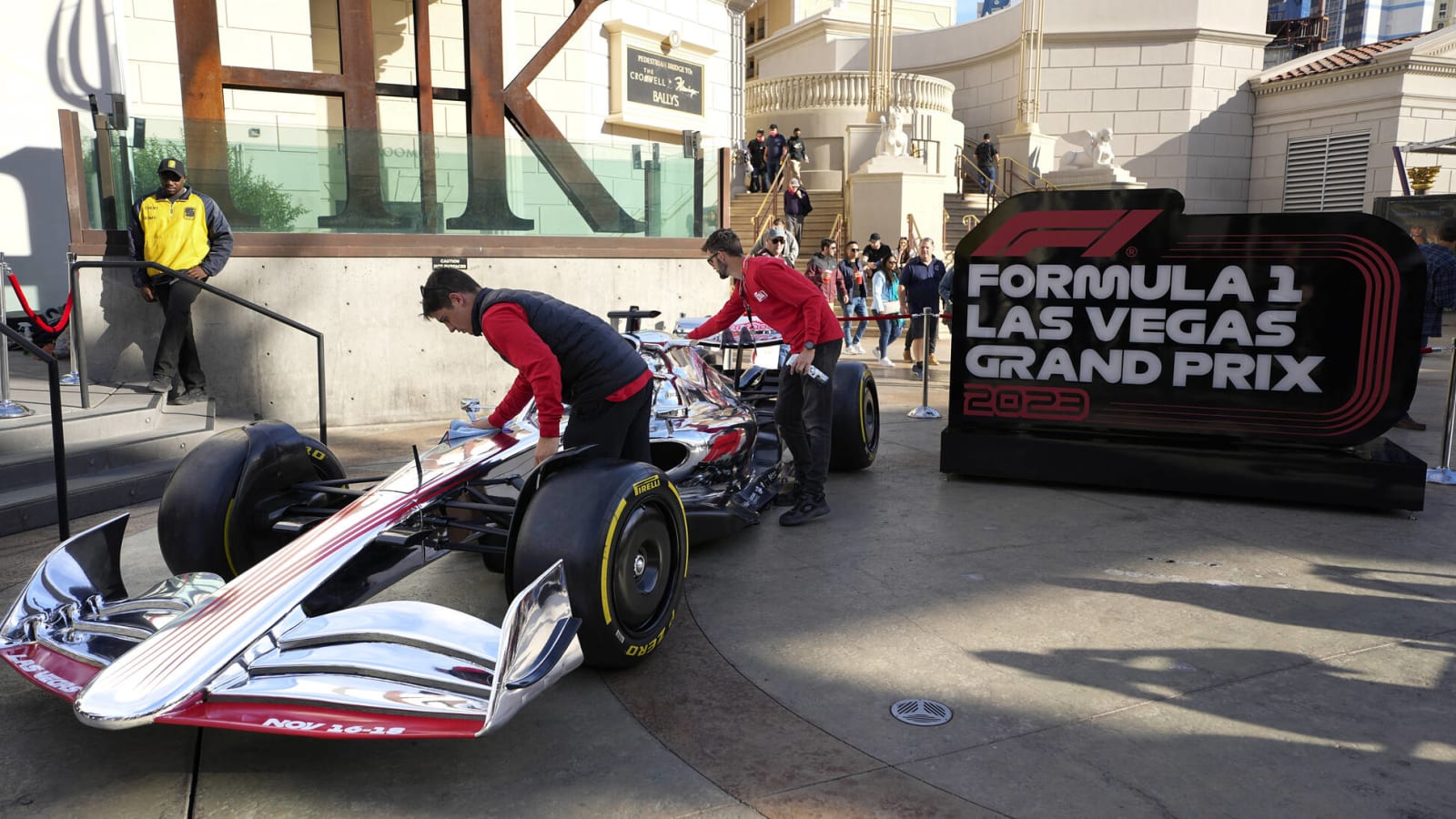
Las Vegas Grand Prix could cause chaos as coldest race in Formula 1 history
When people think of Las Vegas, they tend to think of two things: spectacle and heat.
But while visitors to the inaugural Las Vegas Grand Prix on Nov. 18 will get plenty of the former, they'll be hard-pressed to find any of the latter.
The Grand Prix, taking place at 10 p.m. local time to slot into European and Asian viewing markets, is expected to take place in near-freezing temperatures ... and to become one of the coldest Grands Prix in Formula 1 history.
Weather may play a huge role at the Las Vegas Grand Prix https://t.co/uVDDDBe5cM
— SB Nation (@SBNation) November 6, 2023
Canada holds the current record for chilliest Grand Prix, with the 1978 Canadian race clocking in at 41 degrees Fahrenheit in Montréal. But the late-night Las Vegas Grand Prix could see temperatures dip even lower.
"It is probably the first time that we expect conditions this cold," said Mario Isola, chief F1 tire supplier at Pirelli, told The Athletic, while calling the weather a "big unknown."
Isola and Pirelli are right to be worried. A cold Grand Prix isn't just a problem for visiting fans; it's a massive headache for mechanics and drivers alike.
F1 tires aren't the same as road tires; they're individualized for races and designed to deliver optimum performance at high temperatures. "Optimum performance" in F1's case often means grip, and that means that warm tires lead to better control for drivers on the track.
Several F1 drivers, most notably Red Bull's Sergio Perez, have made names for themselves as "tire whisperers." They're able to bring heat to their tires quickly without causing the rubber to wear, threading the needle between exceptional grip and reasonable temperatures.
Las Vegas should be a big challenge for F1 drivers because that heat won't be easy to generate. Without heat, tires won't be capable of gripping the asphalt the way F1 drivers need them to. That might lead to dangerous high-speed skids, slips and crashes.
But tire temperature isn't solely dependent on ambient temperature. Different track layouts, especially those with multiple slow corners, can help drivers generate more heat — but the Las Vegas circuit won't be helping them there either.
New circuit maps released Friday by Las Vegas Grand Prix officials reveal the schedules for installation of bridges, barriers and track lighting along the course. #8NN https://t.co/WgAmXcA5op
— 8 News Now (@8NewsNow) September 3, 2023
The track is largely comprised of long straights, all of which will cause tires to cool further.
"A tire will cool down on those straights," Ferrari's Carlos Sainz said, per The Athletic. "Getting into a corner on a very low downforce setting, like we're expecting in Vegas, on a cold tire, on a new surface...there could be many variables.
"You can be as prepared as you want, but until you see what happens in the car you cannot react."
More must-reads:
- Max Verstappen wins Brazilian Grand Prix for 17th victory of season
- Strategies used at the 2023 Brazilian Grand Prix
- The '2025 MLB All-Star Starters' quiz
Breaking News
Trending News
Customize Your Newsletter
 +
+
Get the latest news and rumors, customized to your favorite sports and teams. Emailed daily. Always free!








